What services do you provide?
We are an occupational health provider, and specialise in work which requires the input of an Occupational Physician, including sickness absence and fitness for work assessments, ill-health retirement assessments, asbestos and lead medicals, and tier 4 hand arm vibration syndrome assessments. These assessments usually take place after a referral from a company (for example management or Human Resources).
How do we refer?
We have our own online referral form which is quick and easy to complete, and GDPR compliant with high-grade encryption. Please see the relevant section in Our Process here
Where do you cover?
Our head office is based in Swansea, South Wales and we work extensively around the South Wales area. Our main clinic locations for are in Cardiff, Swansea and London with our core clinical team.
We also cover the whole of the UK with affiliate physicians - please see Our Process here
Now we are increasing the number of remote video consultations which provide equivalent excellent reports are often more convenient for the employee, allow rapid production of a report to management and are also more cost effective than traditional clinic assessments. more information please click here
We have modern and accessible premises with helpful reception staff with disabled access where needed.
What happens following a referral?
All referrals are triaged by one of our senior Occupational Health Physicians (usually our Clinical Director) and an appointment is subsequently arranged which is as close to, and is suitable for the employee. Certain cases may be suitable for a telephone assessment and this allows us to provide a rapid occupational health assessment and report.
Does the employee have access to the referral letter?
It is particularly important to fully discuss any referral with the employees concerned. It is recognised occupational health practice for the clinician to outline the reason for the appointment request, and of course this has the potential to cause some bad feeling, and reduces the outcome of the assessment in most cases.
Is the OH assessment independent?
An occupational health assessment and report will almost invariably follow a referral from a company, but occupational health should be completely independent and we are proud to provide what we hope is a completely independent opinion in all occupational health cases.
What happens following recommendations in the report?
Any suggestions regarding management in the report have to be decided upon by the employer, based on what is reasonable, and suits business needs, including whether the Equality Act 2010 applies.
Does the doctor have access to medical records?
Any Occupational Health Physician will only be able to access what is provided to them at the referral stage. If a report from a GP or consultant is felt to be necessary this would be suggested in the report and the company can decide whether they would be happy to fund the report requested. In most occupational health cases, a further report is not required however.
Will an assessment give us a diagnosis?
An occupational health assessment is to advise management of the general situation and should not provide unnecessary clinical information. Whilst we do not diagnose disease we can give an opinion on what might be a likely problem and if necessary we could liaise with physicians if this would advance the care of the individual patient. Bear in mind that many medical conditions take a significant amount of time to diagnose over a period of weeks and months, and a single consultation would in the circumstances be unlikely to lead to any additional diagnosis. However, we will always consider the history and examination and advise on whether this seems correct and that all appropriate treatment options are being considered.
What happens if the employee does not want to be referred or declines the assessment?
An employee has the choice not to attend or take part in any occupational health process. If this is the case however then management and the company would be able to manage the situation without the benefit of medical advice.
We would recommend that any company tries to encourage employees to attend, and it is important to explain the purpose of the consultation at the time of referral.
What are the benefits of occupational health?
The Health and Safety Executive (HSE) estimated at that in 2009/10, 2.1 million working age adults in Britain were suffering with an illness which they believed was caused or made worse by work. This contributed to almost 30 million working days lost due to work-ascribed ill-health or injury.
Research from the CIPD suggests that 3.3% of working time is lost through sickness absence every year, with an average of 7.4 working days per employee per year, costing £692 per employee every year.
This can take the form of recurrent short-term sickness absence, long-term sickness absence and can result in reduced productivity and inefficiencies.
Occupational health support can provide practical recommendations, as matters pertaining to employee health are often sensitive and can be difficult to understand. This allows companies to manage sickness absence with the benefit of medical information being provided in this way.
There has been significant growth of legislation over the last 10-20 years, much of it emanating from the European Union with health and safety directives, government initiatives from the Department of Work and Pensions, the Equality Act 2010, Human Right Act, Working Time Directive, pension and rehabilitation initiatives.
The CIPD (the professional body for Human Resources and Personnel Management) published an annual survey on sickness absence which contains a wealth of useful and interesting information and can be found here. The survey consistently finds occupational health assessments are the best method of reducing sickness absence. Infinity Occupational Health is an occupational health company which can arrange occupational health assessments across the UK to help meet the needs of your business.
The ways we can help are outlines in our page on occupational health services.

